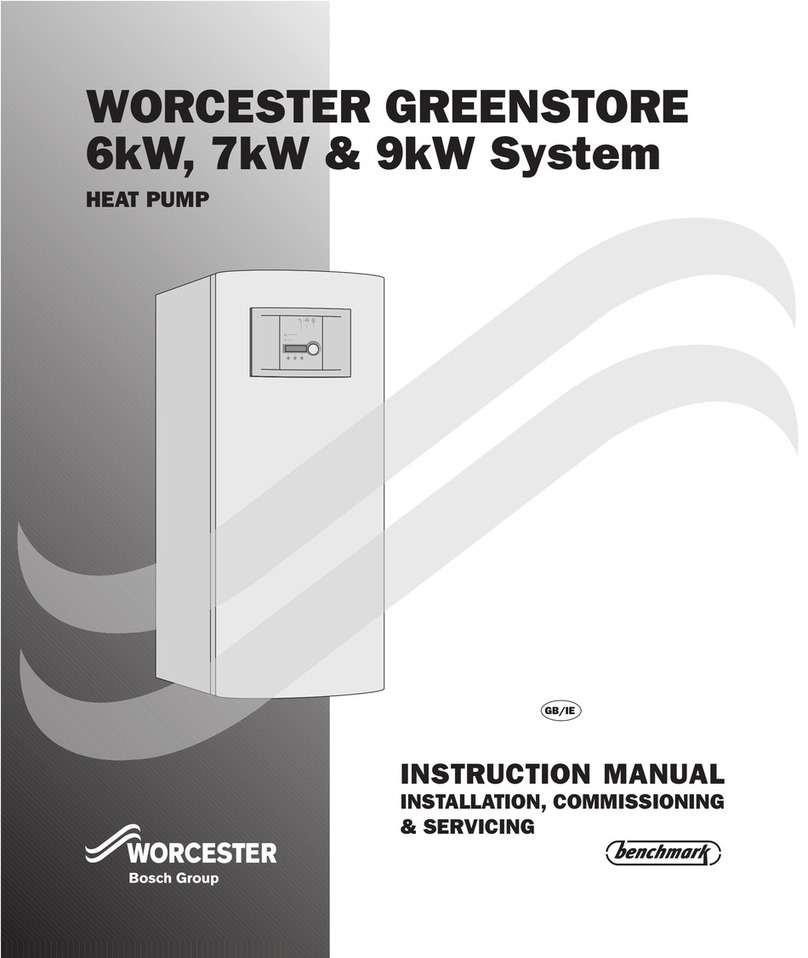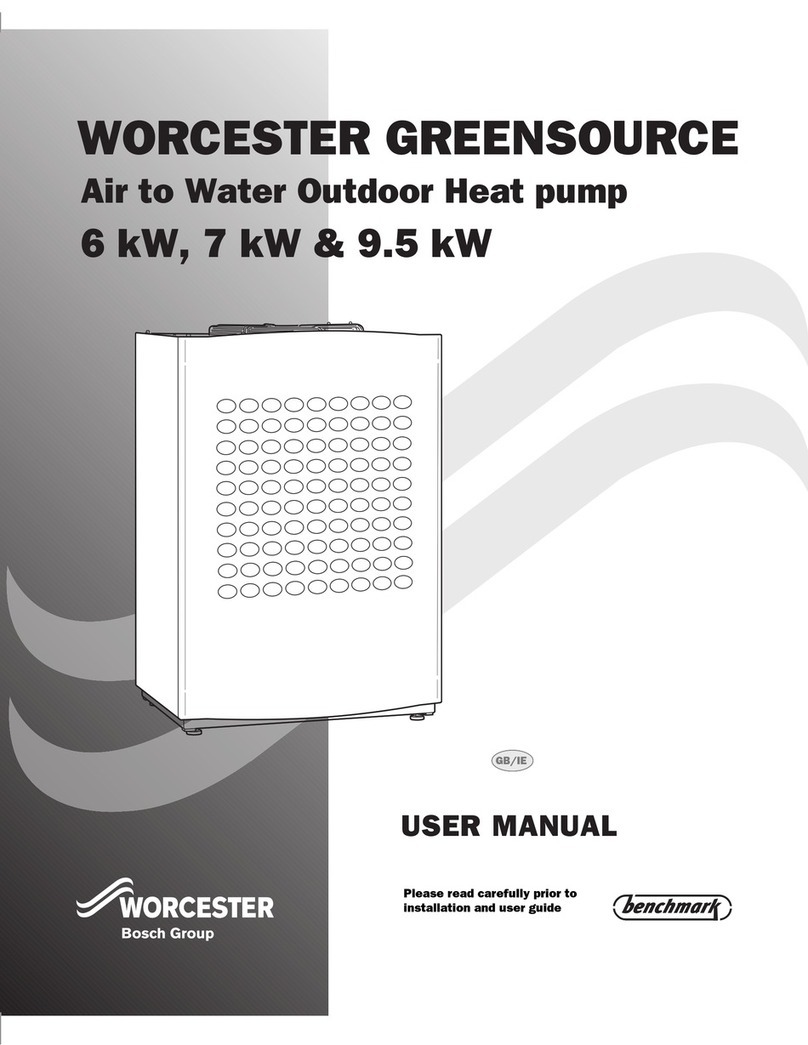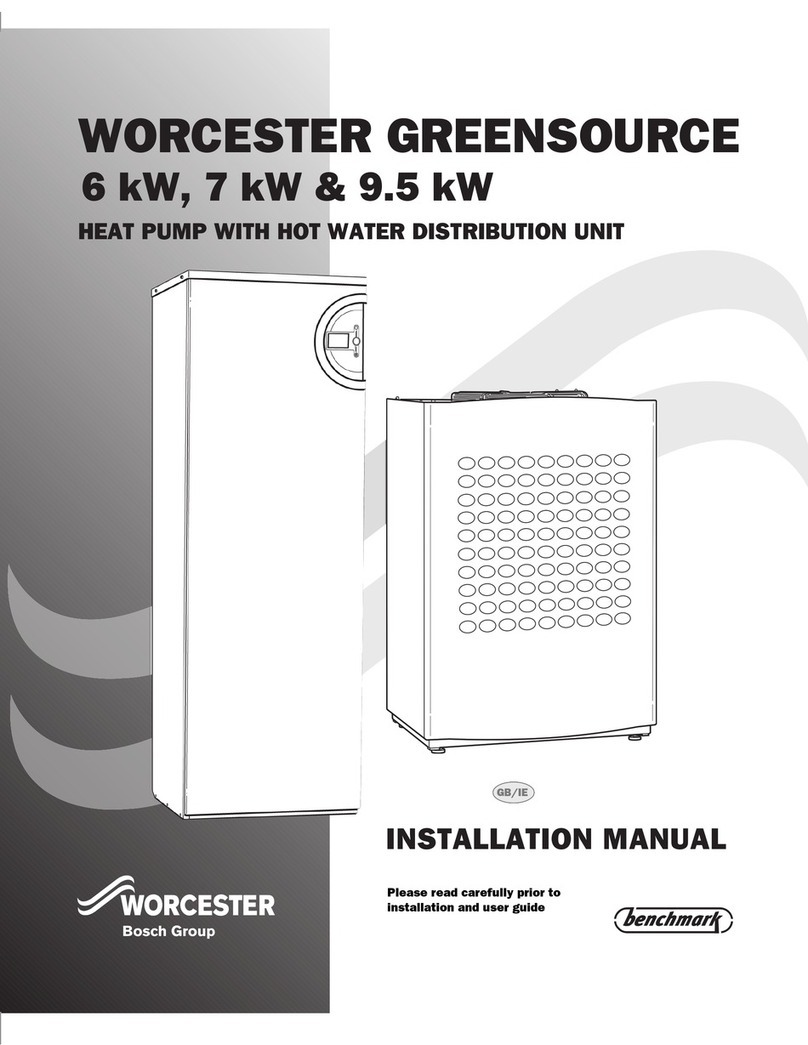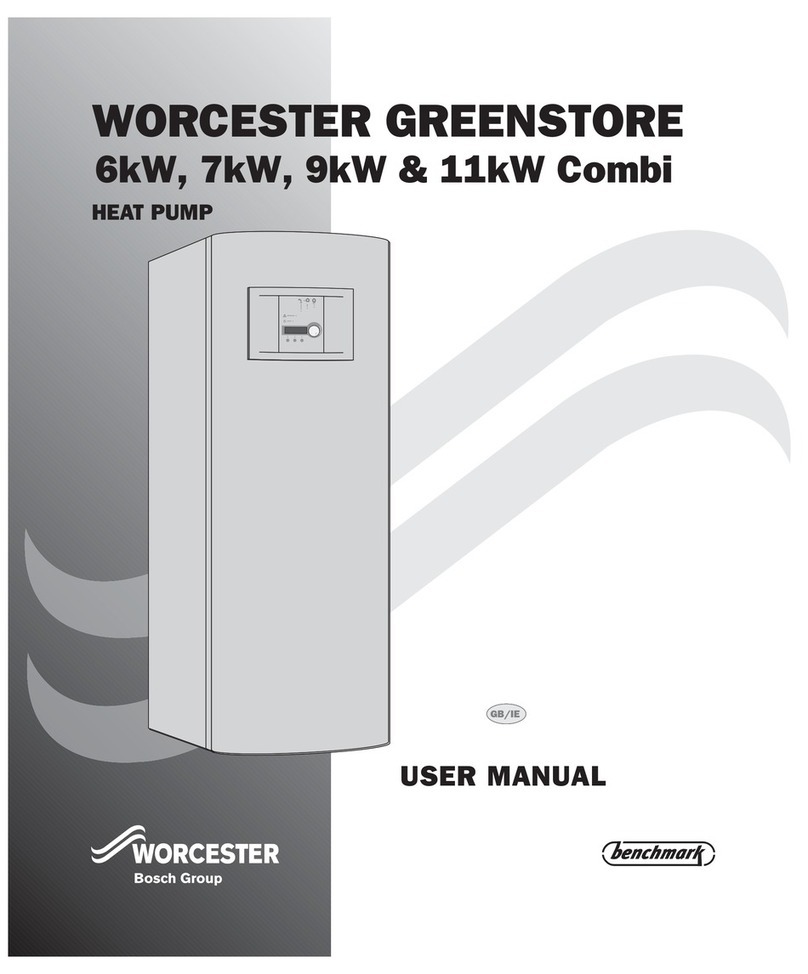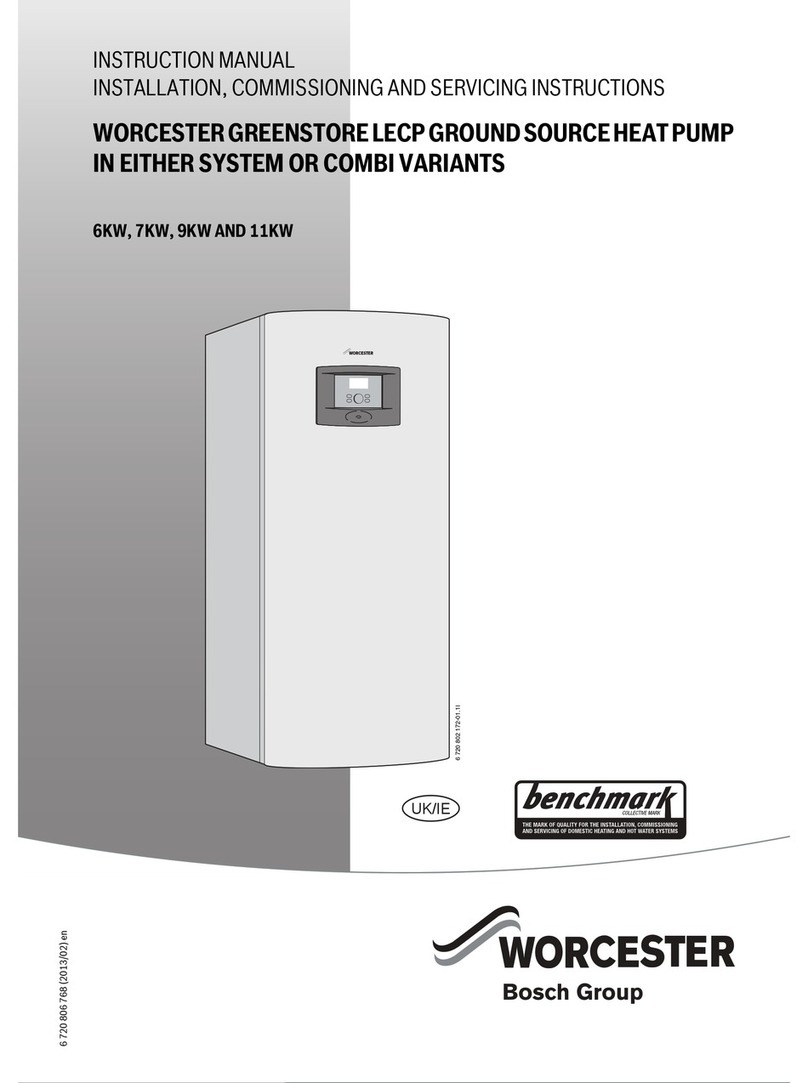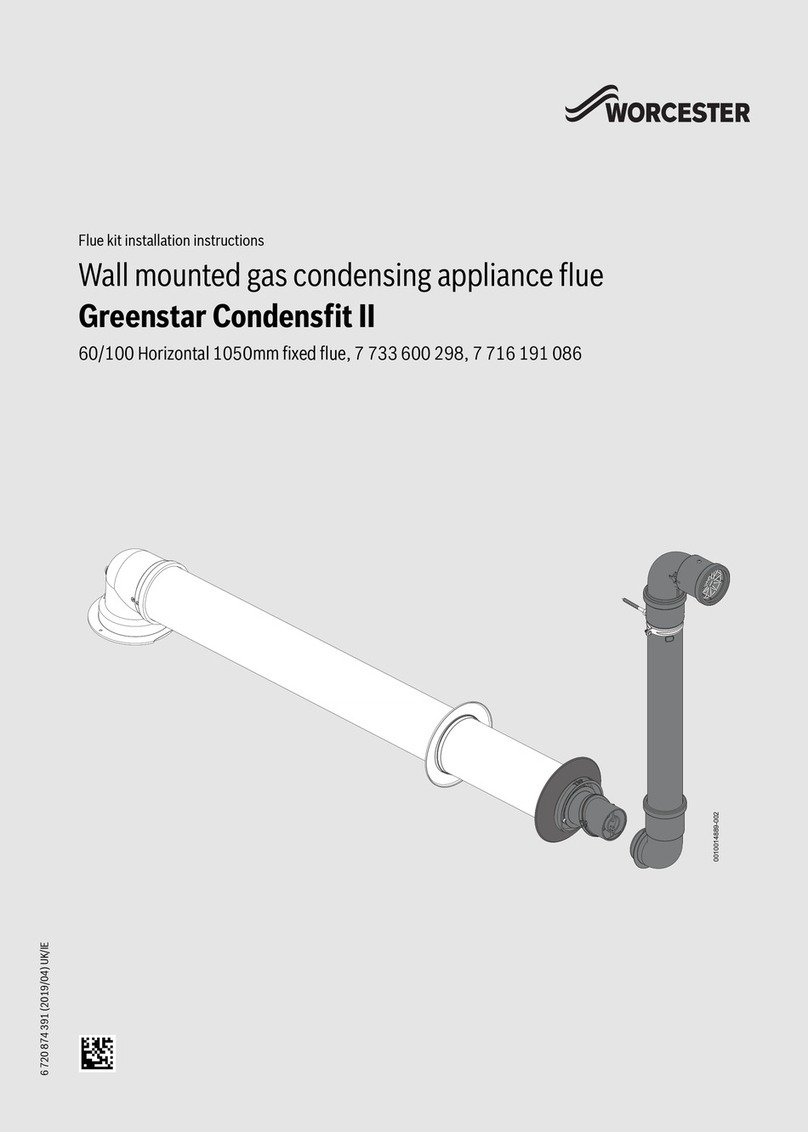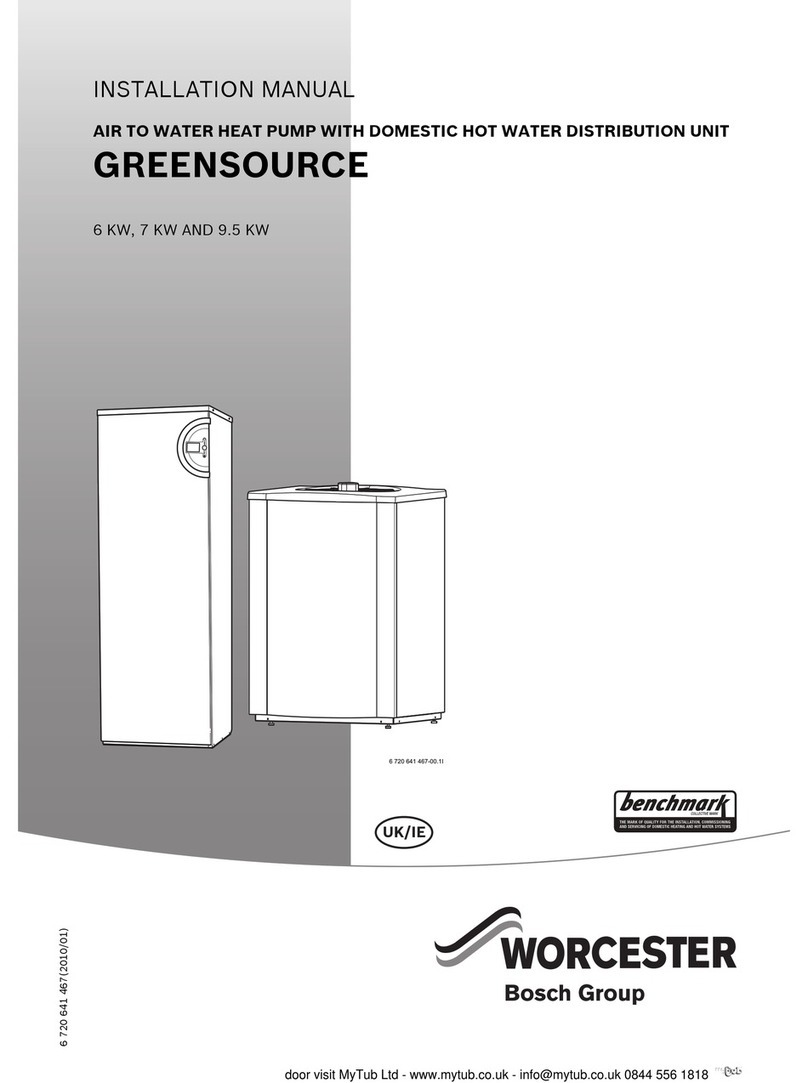AIR VENT
(T TUBE JOINT)
Not running wavy.
Not left in water.
To drainage pit
5
CONNECTING THE REFRIGERANT PIPES
Flare body
Flare nut
8
POWER CABLING
9
HANGING THE REMOTE CONTROL
11 EXPLANATION TO CUSTOMER
Loading the batteries
Slide the cover in the direction of the ar-
row.
(1) Open the cover.
(2) Insert the batteries.
(3) Close the cover.
• If after battery replacement the control
fails to function, take out the batteries.
Wait for more than 30 seconds and put
them in again.
10
TEST RUN
No trap allowed.
Not to rise.
Indoor unit
(1) Connect a drain hose.
(2) Tape over the connecting
part.
Drain hose
ø18mm
Connecting the pipes
(1) Tighten the flare nuts by hand
for the first 3-4 turns.
(2) Use two wrenches to tighten up
the pipes.
(3) Wind coating tape around refrig-
erant pipes together with drain
hose and electrical cable for
general.
• Lay the drain hose below the
pipes.
• The thermal insulation should
cover both the GAS and LIQUID
pipes as shown below. As insula-
tion, use polyethylene foam 6 mm
or thicker.
4
CONNECTING THE DRAIN HOSE
6
AIR REMOVAL
Flare nut tightening torque
DETACHING THE FRONT PANEL
YES NO
GAS LIQUID
Insulation Insulation GAS
LIQUID
Insulation
Insulation
GAS
LIQUID
NO
LIQUID
GAS
Insulation
Drain hose
Electrical
cable
No trap allowed.
Flaring the pipe end
(1) Cutting with a pipe cutter
Cut at a right angle.
(2) Deburring
Allow no cuttings in the pipe.
(3) Putting in the flare nut
(4) Flaring
Flare processing dimensions(:A)
differ according to the type of flare
tool.
R410A tool: 0-0.5mm
Conventional tool: 1.0-1.5mm
(5) Checking
To be flared perfectly circular.
Flare nut not missing.
A
Tube size
Liquid side
Gas side
1/4"
3/8"
Torque
16±2N·m (1.6±0.2kgf·m)
38±4N·m (3.8±0.4kgf·m)
Liquid side
Valve shaft cap tightening torque
Pipe size
1/4"
Gas side 3/8"
Width
22mm
Torque
24±3N·m (2.4±0.3kgf·m)
Service port cap tighting torque
Torque
11±1N·m (1.1±0.1kgf·m)
22mm 24±3N·m (2.4±0.3kgf·m)
Screw
Vertical adjustment louvre
Air filter
WALL PLUG 2 SPECIAL
SCREW 6
Remote control rear
side
(1) Open the open panel to see the control section.
(2) Start the operation with the remote control.
(3) Press the “AUX” button on the unit for 5 seconds or
more. A beep sound is heard and the OPERATION
lamp starts flashing. Now the system is in the cool-
ing test run mode.
(4) To put the system in the heating test run
mode, start
the cooling operation and select
the heating mode on
the remote control.
(5) Make sure the system runs well, and press the AUX
button again to stop the operation.
• Explain to the customer how to use and maintain the system,
referring to the operation manual.
• Ask the customer to carefully read the operation manual.
• When the system has been set up, hand the installation manual
to the customer.
IMPORTANT POINTS TO EXPLAIN
Whipping sound :
• The system adjusts itself, by expansion or shrinkage,
according to great temperature fluctuations.
Running liquid sound :
• The refrigerant runs in the system, generating such sound.
(For details, refer to the accompanying operation manual.)
Prepare a dedicated power supply circuit.
For the connections, see below. Earth leakage breaker
• Provide an earth leakage breaker in
order to protect against electric shock
in case of leak.
• Use the current-activated, high-sen-
sitivity, high-speed type breaker with
a rated sensitivity current of below 30
mA and an operating time of below 0.1
second.
• The appliance shall be installed in
accordance with national wiring regu-
lations. Wrong connection can cause
overheating or fire.
• Fit a disconnect switch, having a contact
separation of at least 3mm in all poles,
to the electricity power line.
(1) Fit the special screw to the
wall with the wall plug.
(2) Hang the remote control to the
screw head.
Notes:
• Be sure to lay the drain hose downward for smooth drainflow.
•
Be careful not to allow the drain hose to rise, form a trap or leave its end in
water, as shown below.
• Coil thermal insulation around a drain hose extension, if running in the room.
• It is recommended to add an "intermediate air vent" when the drain hose is extended horizontally, or an
"anti-back-flow air vent" when the hose is exposed to high winds on a high-rise building, for example. For
this purpose, employ a "T tube joint" (PVC-made, commercially available) halfway in the hose.
• Use pipes with thickness 0.8mm.
• Connect the pipes for the indoor unit first
and then for the outdoor unit.
• Bend the pipes carefully as not to damage
them.
• Do not over tighten the tubes; it may be
deformed or damaged.
Use a torque wrench, when possible. See
the table below for the flare nut tightening
torque.
Use an adapter for preventing vacuum pump oil from flowing back to the
gauge manifold hose. ON/OFF operation of the vacuum pump should be
made by the adapter switch.
( 1 ) Remove both valve shaft caps of the 2 and 3-way valves.
( 2 ) Remove the service port cap of the 3-way valve.
( 3 ) Connect the gauge manifold hose to the service port and the
vacuum pump.
Be sure that the hose end to be connected to the service port has a
valve core pusher.
( 4 ) Open the gauge manifold valve and operate the vacuum pump for
10-15 minutes.
Make sure the compound gauge reads -76cmHg.
( 5 ) Close the gauge manifold valve.
( 6 ) Turn off the vacuum pump.
( 7 ) Fully open the 2-way valve with hexagon socket screw key. (diago-
nally 4 mm)
Turn all the way up to contact.
( 8 ) Fully open the 3-way valve with hexagon socket screw key. Turn all
the way up to contact.
( 9 ) Disconnect the gauge manifold hose from the service port.
(10) Replace the service port cap and both valve shaft caps tightly.
Notes:
• Use a gauge manifold and hoses exclusive for R410A.
• After air removal, check the tube connections for gas leak using a
leakage detector or soapy water. Regarding leakage detector, use
high-sensitivity type designed specially for R410A.
Pump down
Pump down is adopted in the case of unit removal for re-installation,
abandonment, repair etc.
Pump down is to collect the refrigerant into the outdoor unit by control of
the 2 and 3-way valves and the compressor.
( 1 ) Stop the air conditioner operation.
( 2 ) Remove both valve shaft caps of the 2 and 3-way valves.
( 3 ) Run the air conditioner at cooling test run mode (Refer to 10 TEST
RUN). If pump down is performed at normal cooling operation, the
protection system may engage and stop the operation.
Coating tape
(1) Process the end of the electrical cable for the outdoor unit.
(2)
Remove the control box cover.
(3)
Remove
the cable holder
and
connect the cable.
Be sure that the terminal connections are as specified.
(4) Fix the electrical cable sheath with the cable holder and the screw.
(5) Double-check that the cable is securely in place.
(6) Place the control box cover back in the reverse order.
Caution:
•Use the specified electrical cable. Make
sure the cable is secured
in place and that
the terminals are free of any excess force from the
cable. Otherwise overheating
or
fire may result.
•Dress the cable so that the control box cover, the cord holder and cable holder are
not loose. Double-check that the cover is tight in position. Otherwise overheating, fire
or electric shock may result.
• Be sure to put the cable leads deep into the terminal board and tighten up the screws.
Poor contact can cause overheating or fire, or malfunction.
Earth wire
Control box cover
Electrical cable
Terminal board
Cable holder
Screw
7
CONNECTING THE ELECTRICAL CABLE TO THE OUTDOOR UNIT
